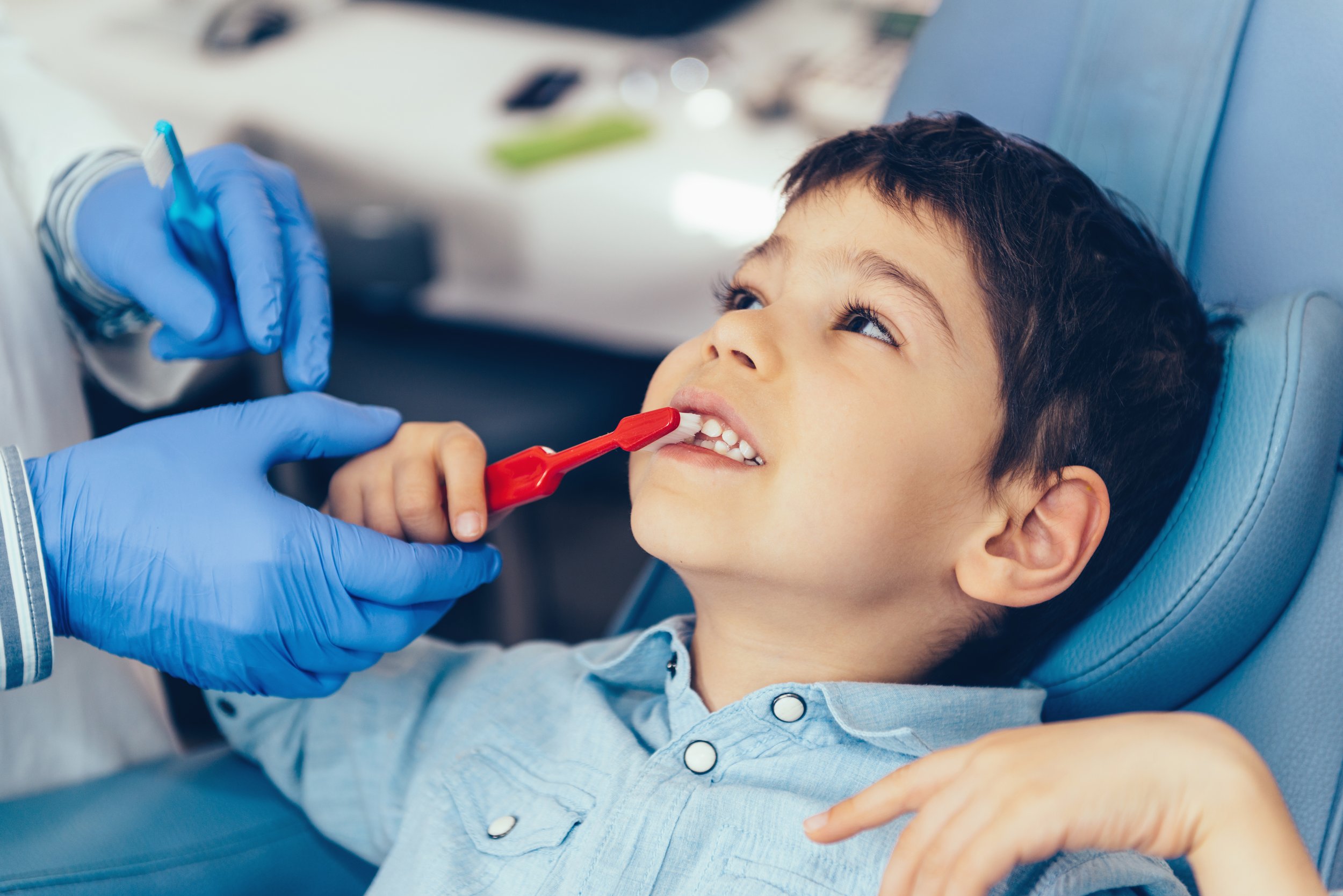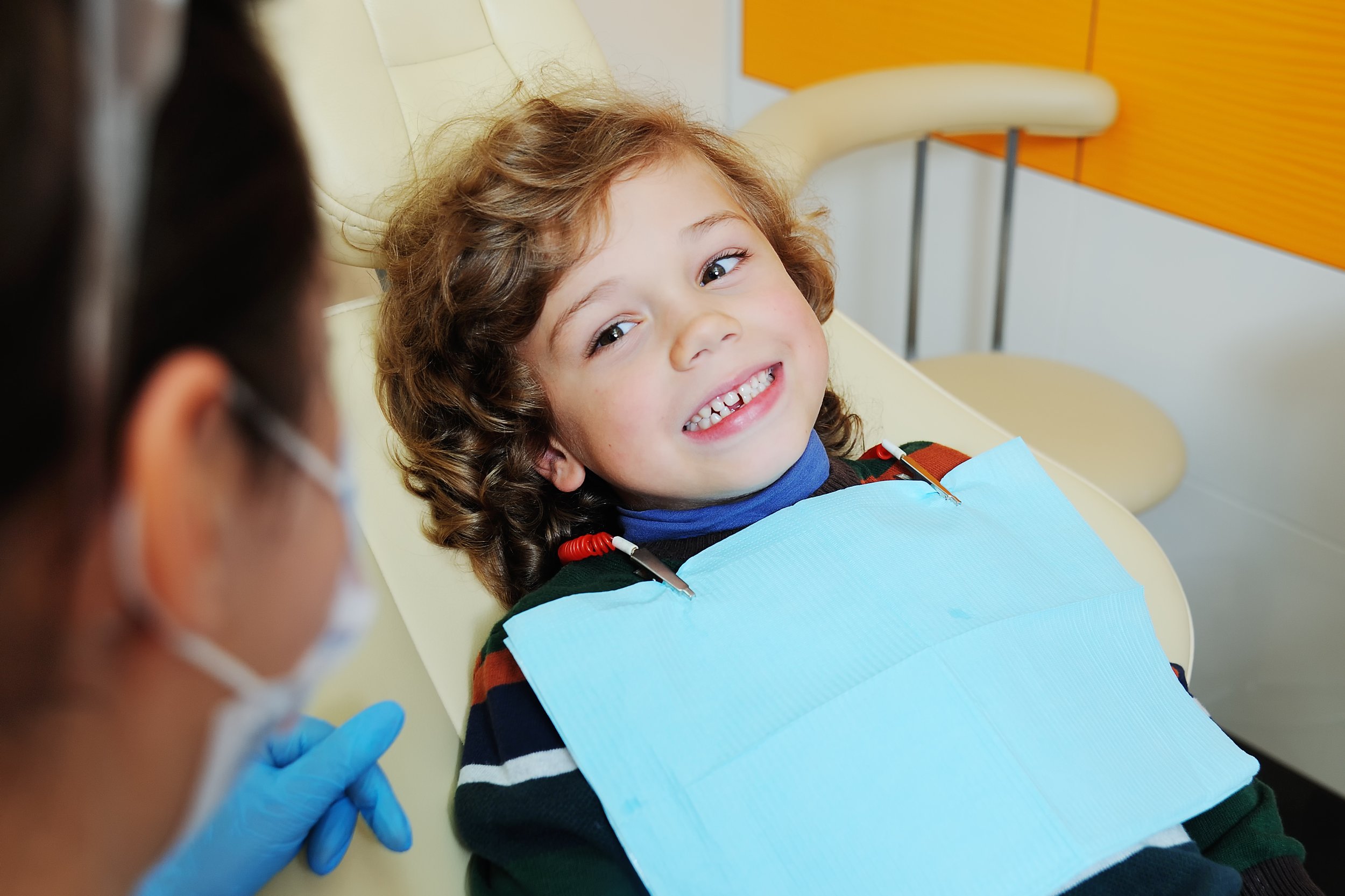
Pediatric General Care
General Pediatric Dentistry in NYC
Upper East Side Kids Dentist is a full-service pediatric dental office treating infants, children, teens and young adults. Our expert pediatric dentist, Dr. Mariya Moore, is highly trained and experienced in treating pediatric dental services ranging from routine exams, to root canals.
Pediatric Root Canals
After preventive efforts to save your child’s tooth have failed, Dr. Mariya will recommend a pediatric root canal. We offer several sedation options to make the procedure as comfortable as possible for your child. We find that sedation is a good option for children who feel highly anxious or for those with special needs.
Understanding the Baby Root Canal Procedure
A root canal for children, also called a pulpectomy or pulpotomy, treats issues with the pulp of a tooth. Dental pulp is located inside of a tooth and extends from the top of the crown to the tip of the root. This soft tissue contains blood vessels, nerves, and connecting tissues that nourish the tooth as it matures.
Factors Determining the Need for a Baby Root Canal
An untreated cavity is the most common reason Dr. Mariya recommends a baby root canal. In this situation, the bacteria erode the tooth’s enamel, causing an infection within the pulp. Trauma to a tooth is another common reason. A blow to the mouth can prevent proper blood flow to the point where pulp tissue dies. Regardless of its cause, pus may accumulate around the tip of the root, causing a painful tooth abscess. Left untreated, an abscessed tooth can cause damage to the supporting bone, significant pain, and lasting damage.
The benefits of a baby root canal include:
Ability to speak and chew properly
Maintain space for the permanent tooth to come in
Prevent bone damage and ongoing pain
Maintain your child’s facial shape
What to Expect When Your Child Needs a Root Canal
Dr. Mariya first completes a digital dental X-ray to evaluate the pulp of a tooth. Before starting the procedure, she provides your child with local anesthesia to numb the tooth and the area surrounding it. Our dentist then removes the infected pulp and cleans the tooth from the inside. For the last step, she places a crown on the tooth that received a root canal to preserve it and protect it from further infection.
Pediatric Extractions
Since primary teeth normally fall out on their own, it might seem strange when Dr. Mariya recommends that your child have a tooth extracted. Some of the reasons she may suggest this include:
Only part of the tooth remains after an injury
As part of a treatment method for tooth decay
When your teenaged child has wisdom teeth that serve no useful purpose, or are difficult to keep clean
When the primary teeth are a few years behind schedule and could prevent the normal eruption of permanent teeth, or delay orthodontic treatment
Older children may need permanent teeth pulled for many of the same reasons.
Our Dental Team always strives to preserve the tooth whenever possible. When we must extract a tooth, we give you the option of choosing one of several forms of sedation dentistry for your child. This relieves his or her anxiety, and ensures cooperation during the procedure. We work with children who have special emotional or physical health needs to make the procedure as comfortable as possible for them.
What to Expect When Your Child Has a Tooth Extracted
To start the process, Dr. Mariya takes an X-ray of the affected tooth to check its condition. Next, she provides your child with a local anesthesia so the tooth and the area surrounding it remain numb. If you have opted for sedation dentistry for your child, he or she will receive it at this time. After ensuring that the area is completely numb, it’s time to extract the tooth. This involves gently rocking it with a special dental instrument so it slides easily out of the socket. On rare occasions, for instance, when it’s firmly rooted in the socket, a tooth may be removed in sections.
While your child may feel some discomfort following a tooth extraction, it should be short term and tolerable. To minimize discomfort and expedite healing, you may give antibiotics and painkillers as directed, and apply ice to the treated area. It’s also important to avoid hard foods for a few days to allow the area time to heal without unnecessary stress.

Make an Appointment for Your Child’s Smile!
📱 (212) 360-0835


